Design your own logistics
To move your cargo from its current location through customs to its final destination we will partner with you to find the best way for your business.
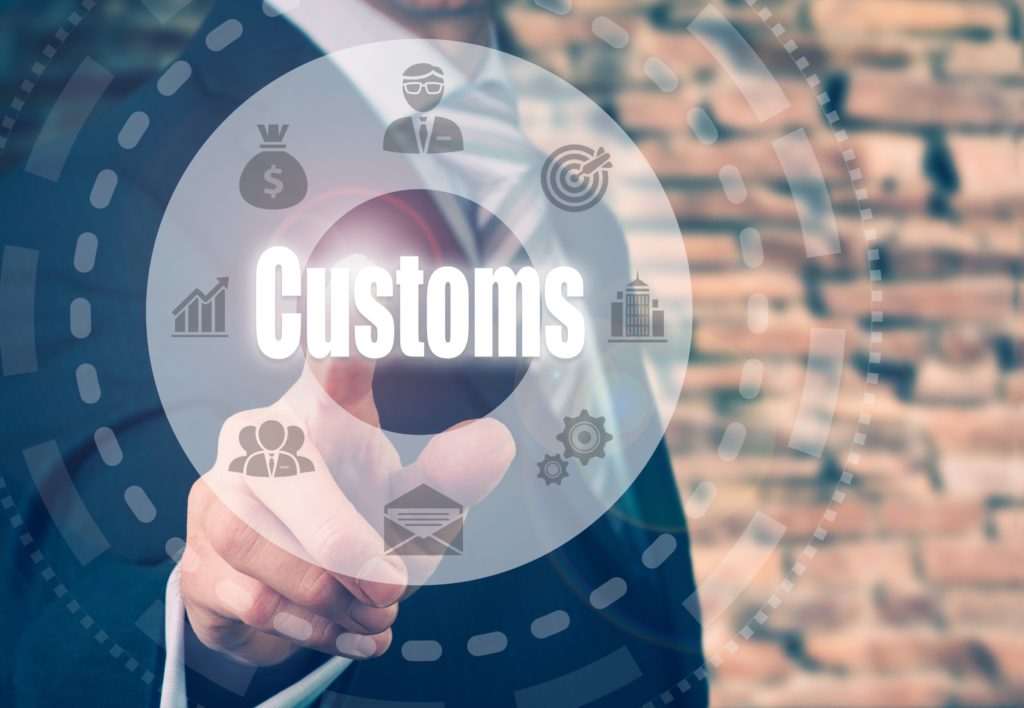
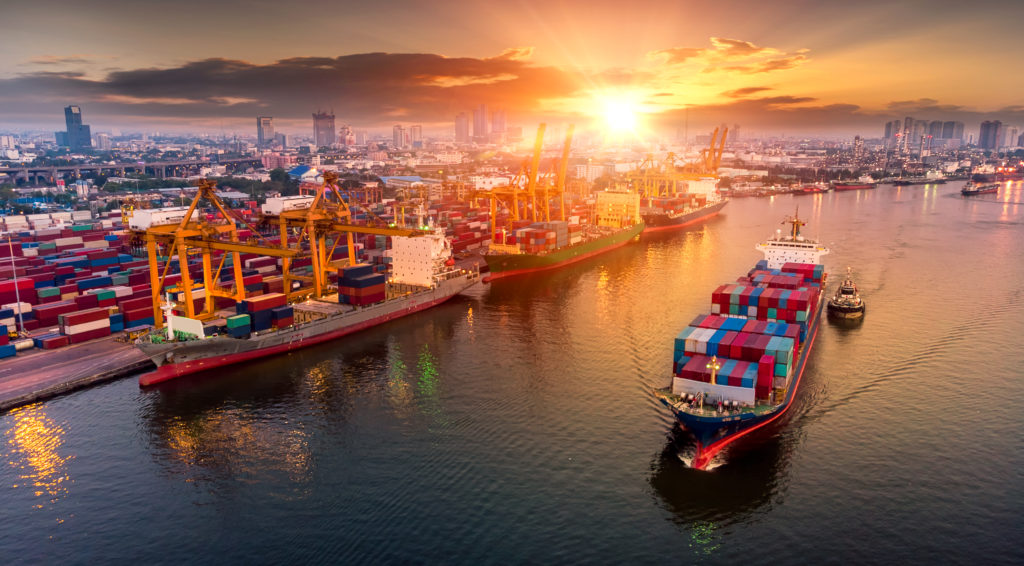
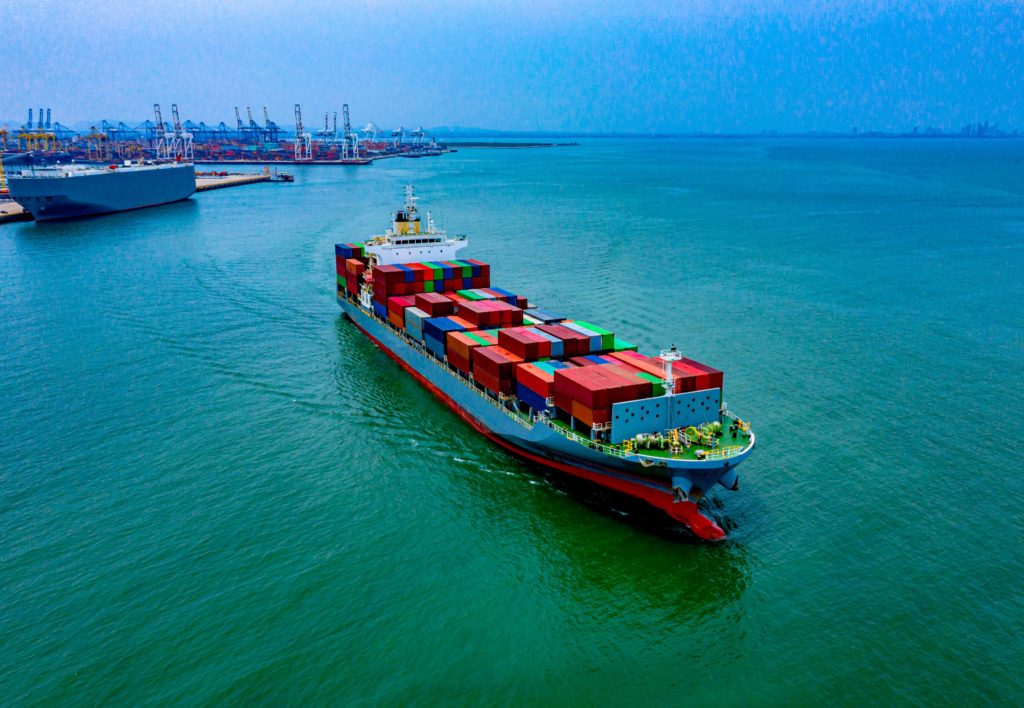

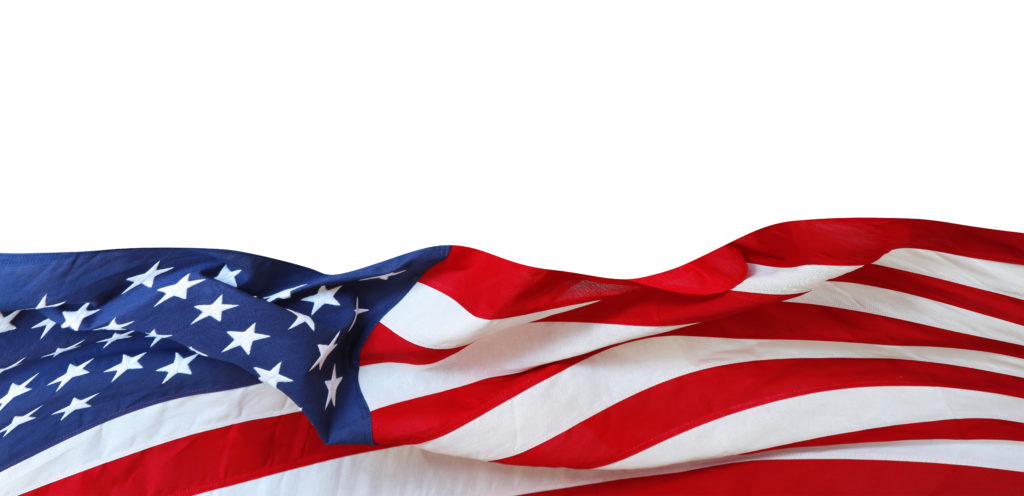

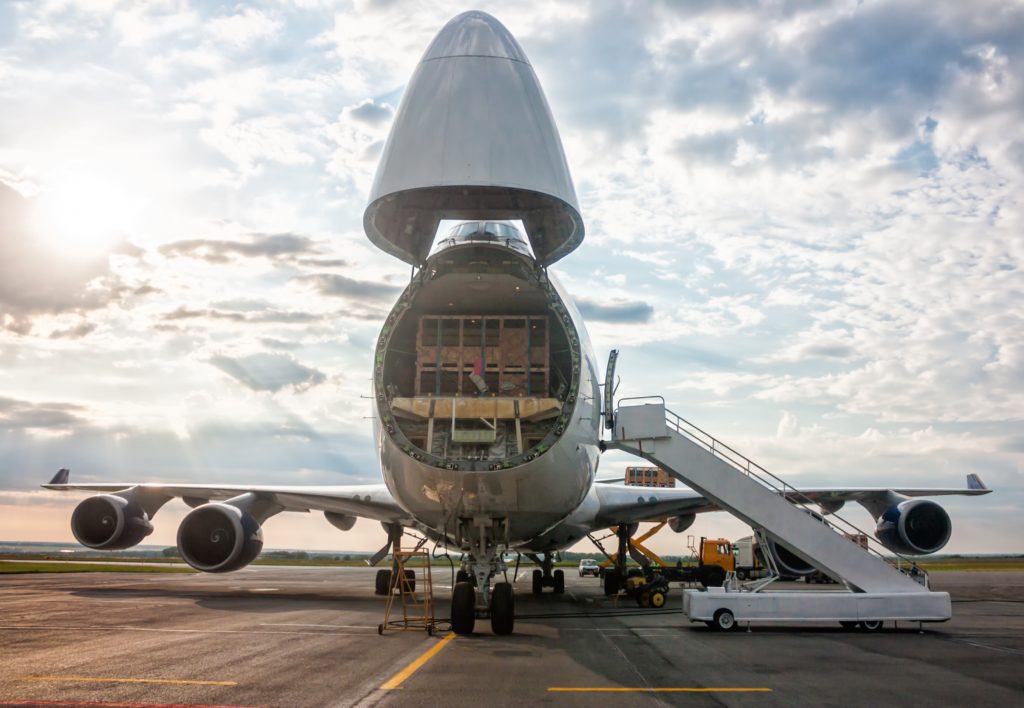
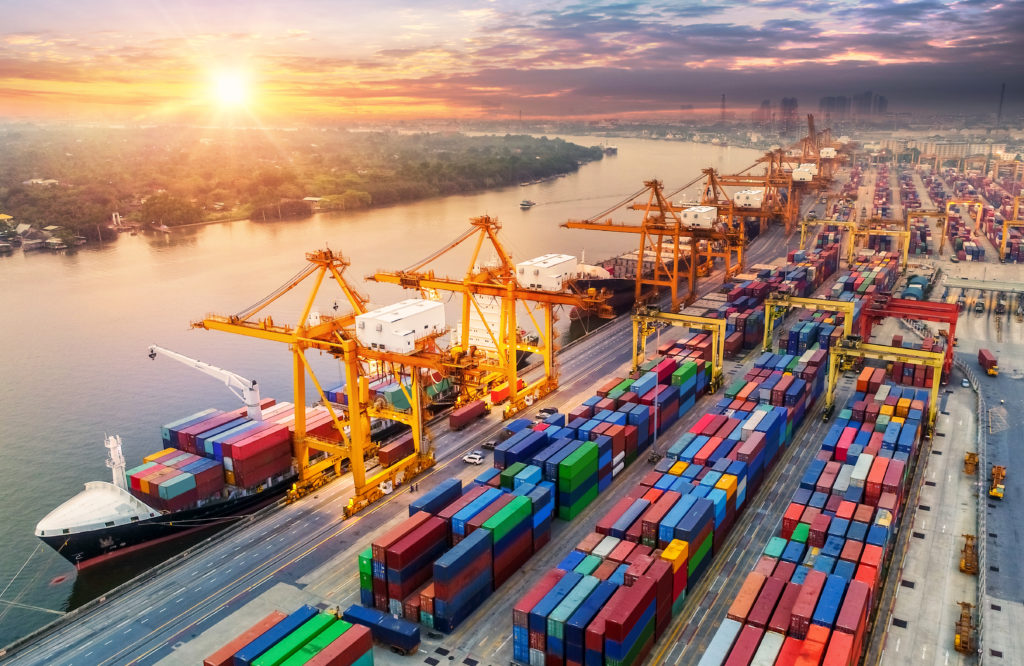


The US Customs Ruling program is a service provided by the US Customs and Border Protection (CBP) agency that allows importers, exporters, and other interested parties to obtain a binding legal interpretation or clarification of customs laws and regulations related to their products or transactions. The ruling program is designed to promote uniformity and consistency in the application of customs laws and regulations, and to provide certainty and predictability for the trade community.
To obtain a ruling, the interested party submits a written request to CBP that includes a detailed description of the product or transaction in question, along with any supporting documentation or information. CBP then reviews the request, conducts any necessary research or analysis, and issues a written ruling that provides a legal interpretation or clarification of the customs laws and regulations applicable to the product or transaction.
The ruling is binding on CBP, the party that requested the ruling, and any other parties who may be similarly situated, provided that the facts and circumstances are identical or substantially similar to those described in the ruling request. The ruling is valid for a specific period of time, usually one year, and may be renewed upon request.
The ruling program provides a number of benefits for importers and exporters, including certainty and predictability in their transactions, and the ability to avoid or minimize potential customs penalties or fines. It also allows them to make informed business decisions based on a clear understanding of the customs laws and regulations applicable to their products or transactions.
In order to avoid potential problems in the clearance of your merchandise, U.S. Customs and Border Protection (CBP) strongly recommends that you familiarize yourself with CBP policies and procedures prior to actually importing/exporting your goods.
The CBP ruling program is intended to provide the trade community with a transparent and efficient means of understanding how CBP will treat a particular import once it arrives in the United States.
Importers can request a written ruling from CBP for the proper HTSUS classification, country of origin, country of origin marking, valuation, and rate of duty for their merchandise.
It is in the interest of the sound administration of CBP and related laws that persons engaging in any transaction affected by those laws fully understand the consequences of that transaction prior to its consummation.
For this reason, Customs and Border Protection will give full and careful consideration to written requests from importers and other interested parties for rulings or information setting forth, with respect to a specifically described transaction, a definitive interpretation of applicable law, or other appropriate information.
A ruling is a written decision in the form of a letter that tells the requester how CBP will treat a good or conveyance when it is imported into or arrives in the United States. In other words, the ruling letter may discuss the appropriate tariff classification, country of origin marking of the good, the country of origin for purposes of determining the duty rate of a good, etc.
In order to distinguish rulings from the other types of decisions CBP issues, CBP often refers to these as prospective rulings. The purpose of a prospective ruling letter is to enable the trade to make business decisions that are dependent on how their goods will be treated on importation before they actually import the goods into the U.S.
Once issued, a prospective ruling is something on which you as a member of the trade can rely and depend on wherever your goods are imported in the United States.
A ruling may be requested under Part 177 of the CBP Regulations (19 C.F.R. Part 177) by any person who, as an importer or exporter of merchandise, or otherwise, has a direct and demonstrable interest in the question or questions presented in the ruling request, or by the authorized agent of such person. A “person” in this context includes an individual, corporation, partnership, association, or other entity or group.
The person receiving the ruling letter can rely on the binding prospective ruling until either the law changes or until CBP modifies or revokes the ruling. Any person receiving a ruling letter is required to include a copy of the letter or otherwise indicate the ruling number in the entry documents when importing the good that is described in the letter.
Any importer that wishes to rely on a ruling letter issued to someone else should make sure that the letter has not been modified or revoked. CBP may modify or revoke previously issued ruling letters without issuing any notice or by issuing a second ruling letter if the initial ruling letter is less than sixty days old. Alternatively, the ruling may be revoked by operation of law.
The most efficient method of ensuring that you know how CBP will treat your merchandise is to obtain a binding ruling before the good arrives in the United States.
Classification Requests
Classification rulings determine which HTSUS provisions apply to goods. The HTSUS number determines the applicable duty rate and eligibility for various trade programs. Classification depends on various factors, which vary according to the type of product involved. Read more…
Country of Origin Requests
The origin of goods depends on where the various production steps took place. The following detailed information will be helpful:
Buy America Requests
Foreign and domestic manufacturers; U.S. importers, domestic producers and wholesalers; members of domestic labor unions that are employed in the manufacture, production or wholesale of like products; and trade organizations that draws a majority of its membership from domestic producers, manufacturers, and wholesalers of a like product may request an advisory ruling or final determination on the country of origin for purposes of Title III of the Trade Agreements Act of 1979 (19 U.S.C. §§2511-2518). All ruling requests should include the following additional information:
Preferential Trade Agreement and Trade Program Requests
In addition to the source and production information needed for the country of origin requests, Trade Program or Free Trade Agreement rulings may also require information on costs incurred in each of the countries where production occurs.
Country of Origin Marking Requests
A requester may also wish to have CBP issue a binding ruling on the appropriate method or manner of marking the imported good as a good of a particular country. All requests should include:
Valuation Requests
A prospective ruling request involving the appropriate value of merchandise to be imported into the United States should include the following information regarding the description of the transaction:
Foreign Trade Zone Requests
The ruling request involving Foreign Trade Zones should include the following information:
Bonded Warehouse Entry Requests
An importer that would like to ship goods to the United States and have them placed into a bonded warehouse prior to importing this merchandise into the country may seek binding prospective rulings on their proposed transaction.
These ruling requests should include:
Drawback Requests
The ruling request on whether or not they are eligible for drawback should include the following information:
Restricted Merchandise or Intellectual Property Rights Infringement Requests
Importers may wish to seek a prospective ruling from CBP on their ability to import certain items that are either restricted from being imported into the United States or for items that may infringe on another person’s intellectual property rights. In particular, an importer may wish to obtain a prospective ruling on whether or not a redesigned or new product is within the scope of an exclusion order issued by the International Trade Commission (ITC) pursuant to 19 U.S.C. §1337. A ruling request involving restricted merchandise or intellectual property should include the following information depending on the transaction involved:
Coastwise Trade Requests
A person who intends to engage in coastwise trade within the United States may wish to seek a binding prospective ruling to determine whether or not the particular transaction infringes on the coastwise laws of the United States. A ruling request on a prospective transaction involving vessels and coastwise trade should include the following information depending on the transaction involved:
Merchandise Processing Fee Exemption Requests
An importer seeking a binding ruling on whether or not the merchandise that they intend to import is subject to the Merchandise Processing Fee should include the following additional information:
Temporary Importation under Bond Requests
The ruling request on whether or not their merchandise is eligible to be temporarily imported duty free under a bond should include the following information:
Design your own logistics
To move your cargo from its current location through customs to its final destination we will partner with you to find the best way for your business.